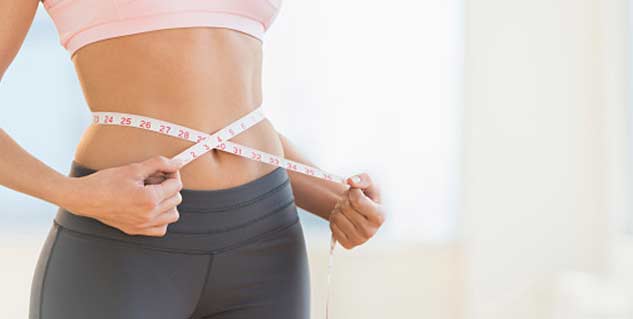Liposuction Techniques And Tools
Liposuction involves many choices, including the treatment technique that a surgeon will use, so if you are interested in this type of procedure, it's best to consult with a trusted surgeon who can answer your questions, determine if you are a good candidate, and guide your decision-making process to help ensure the best possible outcome for you. In general, lipo is suitable for healthy adults who are within 30 percent of their ideal body weight and have good skin elasticity, realistic expectations, and a positive outlook. During a personal consultation, a surgeon can recommend an appropriate technique based on your individual needs.
Traditional liposuction surgery
When performing a traditional liposuction procedure, a surgeon will make one or more small incisions, usually in the natural folds of the skin in the targeted area. The surgeon will then repeatedly insert a cannula, or thin suction tube, through the incisions to manually loosen and break up the fat cells before suctioning them out of the body.
Ultrasound-assisted liposuction
Ultrasound-assisted liposuction (UAL) begins with the injection of a tumescent solution into the treatment site, which aids in the breakdown and extraction of fat cells. When performing UAL, a surgeon utilizes a special cannula that emits high-frequency sound waves to liquefy the fat cells prior to their removal. UAL is a popular alternative to traditional liposuction because it can enhance a surgeon's ability to precisely extract fat, thus reducing the risks of excessive bleeding, tissue damage, scarring, and patient discomfort. Furthermore, with UAL, a surgeon can often remove a larger volume of fat and target harder-to-treat areas, such as the chin, neck, and knees.
Power-assisted liposuction
With power-assisted liposuction (PAL), a surgeon can attain a greater degree of control over the movement of the cannula through the fatty tissue. A special, mechanized cannula with a vibrating tip is utilized during PAL, so the need for extensive manual manipulation is significantly reduced. As a result, the surgeon is afforded a higher level of precision and is often able to achieve a more thorough result with less force than that which is required during traditional liposuction.
Additionally, the vibration of PAL serves to further ease the liposuction process and make it gentler on the body. Because the specialized cannula allows for smaller incisions, a surgeon is able to target specific areas with minimal damage to the surrounding tissue, resulting in a quicker and easier recovery for the patient. PAL also takes less time to perform than manual liposuction, so the risk of potential complications is reduced. Finally, PAL does not use a laser or other heat source, which can destroy fat cells, and this can be helpful when PAL is used as a fat grafting technique.
Consult with a Board Certified Surgeon
A patient who is interested in liposuction is advised to first attempt to achieve the results he or she desires through diet and exercise. If those efforts prove unsuccessful, the patient should consult with an experienced cosmetic surgeon who is Board Certified by the American Board of Plastic Surgery. A prospective patient should always feel free to ask a surgeon to see before and after photographs of other patients for whom the surgeon has performed the procedure, which can enhance the communication process by allowing the patient to better articulate his or her aesthetic goals. The surgeon can then gain a full understanding of the patient's objectives, ensure that his or her expectations are reasonable, and determine whether liposuction is an appropriate solution.
Related Articles
-
The result of Hypnosis for weight loss and just how Does it Work
Based on current statistics (collected by the NCHS) demonstrates, 30 %
-
What Are The Different Weight Loss Surgeries And The Associated Risks Involved With Each?
With the increasing rates of obesity across the country, more people a
-
Consumer Health Awareness Educates on Foods That Make You Fat
Consumer Health Awareness is the leading organization on health a
-
How Can I Get Rid of Acne
Though it is largely a problem that is a
-
Accessories Needed For Weightlifting
Weightlifting gloves are helpful in terms of strength training si
-
Getting yourself ready for Maternity
A wide range of girl is lucky while using the chance to tolerate child
- DON'T MISS
- The 3 Biggest Misconceptions About Working Out and Weight Loss
- 4 Foods that Slow Your Metabolism Down
- Super Fruits - Tart Cherry - Natural Cure For Gout and Arthritis Pain
- Six Reasons Why Doctors Nutritionists Are Turning To The Mediterranean Diet
- 800lb Man Loses Weight For One Reason: “I Want To Live”
- Good Carbs Bad Carbs
- Lose Weight and Gain Health with the Lemonade Diet
- The 15 Minute Legs, Arms And Belly Fat Workout For Home Or Gym
- How to Lose Belly Fat Quickly – The Best Tips Ever
- Which weight loss program to follow in 2012




